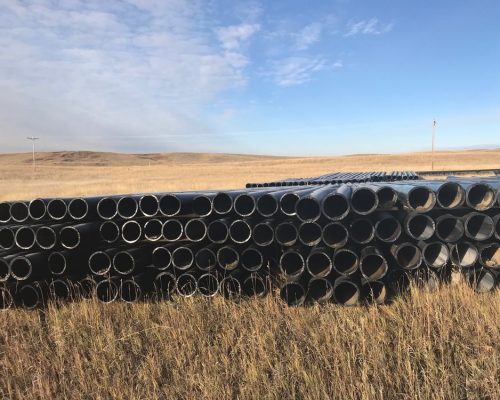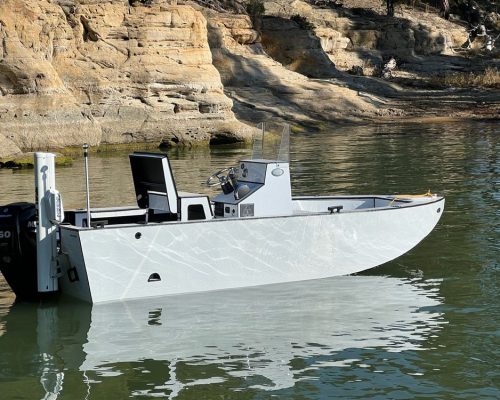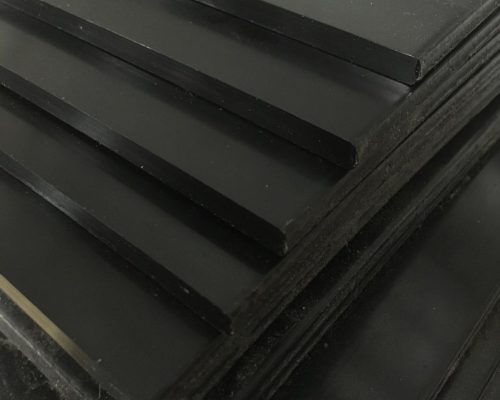Why is HDPE ideal for plastic workboats?
HDPE (high-density polyethylene) is highly valued for constructing workboats due to its robust properties.
Impact and Abrasion Resistance: HDPE withstands significant mechanical stresses and abrasive conditions without cracking or wearing down, ideal for marine environments.
Corrosion Resistance: It does not corrode in saltwater, which extends the lifespan of boats and reduces maintenance needs.
Weight Benefits: HDPE boats are lighter than those made with traditional materials like fiberglass, enhancing fuel efficiency and maneuverability.
Ease of Repair: HDPE can be welded and reshaped at relatively low temperatures, allowing for easy on-site repairs and customization.
Environmental Impact: As a recyclable material, HDPE supports sustainability by potentially reducing waste and the use of new raw materials at the end of its lifecycle.
These attributes make HDPE an excellent choice for workboats, combining durability, efficiency, and environmental considerations.







